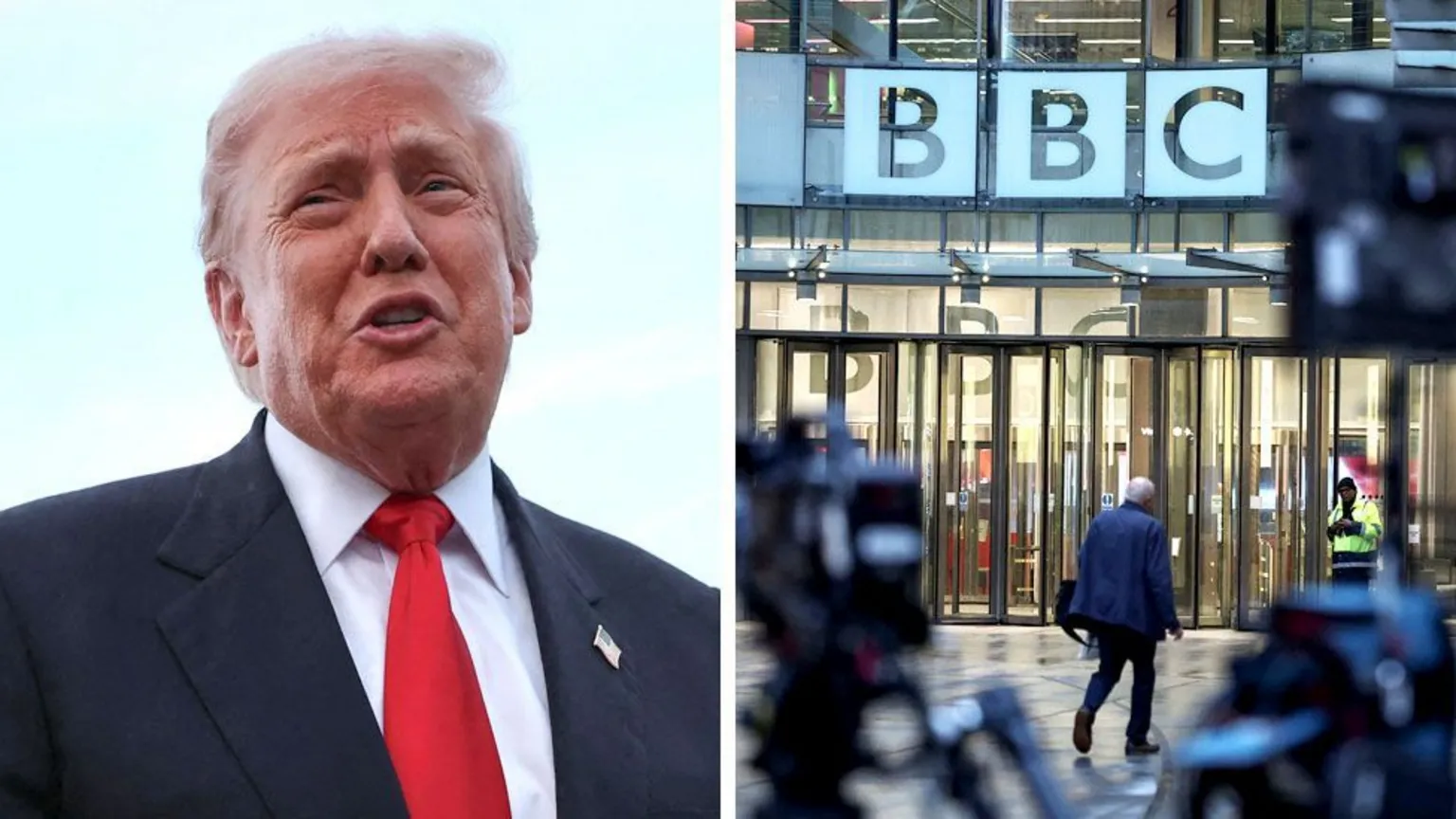US Treasury yields rose on Friday after the latest jobs report showed that nonfarm payrolls increased more than expected in May, prompting investors to reassess expectations for Federal Reserve interest rate cuts later this year.
The 10-year Treasury yield climbed over 9 basis points to 4.494%, while the 2-year yield—which is particularly sensitive to monetary policy—rose more than 11 basis points to 4.039%. The yield on the 30-year bond added over 6 basis points, reaching 4.951%. In the bond market, yields and prices move inversely.
The gains in yields followed the release of labor data indicating that the US economy added 139,000 jobs in May, surpassing economists’ expectations of 125,000. The unemployment rate held steady at 4.2%, according to data from the Bureau of Labor Statistics.
The report offers insight into the resilience of the labor market despite a backdrop of economic uncertainty, including ongoing debates over trade policy. The data may reinforce the Federal Reserve’s current stance of maintaining interest rates, which have remained unchanged since December 2024.
“With the Fed laser-focused on managing the risks to the inflation side of its mandate, today’s stronger-than-expected jobs report will do little to alter its patient approach,” said Lindsay Rosner, head of multi-sector fixed income investing at Goldman Sachs Asset Management.
Traders trimmed expectations for near-term Fed rate cuts in response to the data. Interest-rate swaps now suggest a roughly 70% chance of a 25-basis-point cut by September, down from earlier projections. Fewer than two rate cuts are fully priced in for the remainder of the year.
Jeffrey Rosenberg, a portfolio manager at BlackRock, described the data as “slowing, but still a strong labor market,” noting that this helps explain the bond market’s reaction in paring back rate-cut expectations.
While nonfarm payrolls exceeded projections, previous job gains for March and April were revised downward by a combined 95,000. Other indicators of the labor market remain mixed: private-sector hiring in May slowed to its lowest pace in two years, yet job openings in April unexpectedly increased.
“There’s nothing here to change the status quo for the Fed,” said Ed Al-Hussainy, a rates strategist at Columbia Threadneedle Investments. “Some downside bets on Fed cuts this summer will likely come out.”
Despite Friday’s market movement, many analysts view the report as unlikely to trigger a major shift in Federal Reserve policy. As Bloomberg strategist Cameron Crise noted:
“In aggregate, this data doesn’t really move the needle on our understanding of the labor market.”










The latest news in your social feeds
Subscribe to our social media platforms to stay tuned